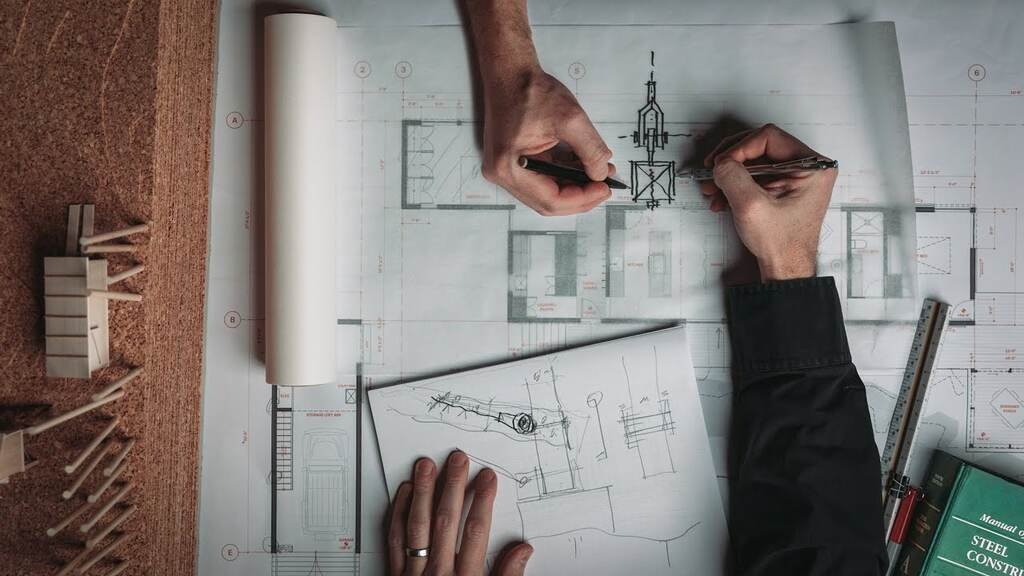Five Strategies to Enhance Your Architectural Skills
1. Book reading
Some say that a book is the best friend you can have. Books are gateways into the world. There are books available on almost every subject in architecture. Books are a great place to start if you’re looking for ideas. It is always good to see how ideas can be developed and implemented.
Anthony Di Mari’s books ‘Conditional Design – An Introduction to Elemental Architecture,’ and Operative design-A Catalogue of Spatial Verbs,’ focus on ideating and developing concepts. These books will teach you the fundamentals of designing and forming spaces.
Books can also provide context by way of examples and studies. Who knows? You never know!
2. Draw out your ideas
Sketches are an integral part of the identity of any architect. Many famous architects are recognized solely by their sketches. Frank Gehry, for example, is known for his rough and quick sketches. His sketches, though essential, convey his design concept almost instantly.
Sketching is a great way to develop new ideas. Sketching is a great way to express ideas. You can express thoughts that you may have had but not fully understood. Sketching out your ideas on paper will help you to clarify them and streamline the design process.
It is a good idea to always keep a sketchbook on you, even when you’re not looking for ideas. Sketch whenever you can. You can then look at your sketches to get ideas.
Kickstart your architecture career in Idaho
Idaho, a state located in the northwestern region of the United States, offers a flourishing business landscape supported by sectors like agriculture, technology, aerospace, and outdoor recreation, contributing to its strong and diverse economy.
Idaho offers a promising landscape for architects to begin their careers with its growing urban centres, diverse architectural projects, and thriving design community that fosters creativity and professional development.
For enhanced peace of mind and comprehensive protection, explore acquiring errors and omissions insurance in Idaho, which can effectively mitigate unexpected risks for you and your business.
3. Look into case studies
You can find case studies of concepts you are interested in online. Search for case studies that relate to the idea you’re looking for. Case studies help us understand how different architects have created according to the presented constraints.
You can better understand what you should expect by examining case studies with similar constraints. You can visit the actual sites. Your concepts will be enhanced and more interesting if you incorporate aspects of your case studies.
4. Consider your ideas from multiple angles
Design concepts are not limited to form and aesthetics. Other factors, such as climate, culture, context, etc., can influence the idea of a building. A school may need a design with many open spaces to accommodate different student activities. For example, a house designed for a large family may need many rooms.
It may be necessary to use a particular material extensively due to its availability and cost in a specific region. These aspects can be actively incorporated into the design concept.
5. Take a rest, do something different
It is optional to be successful when you spend hours and hours brainstorming a new design concept for architecture. Your brain sometimes needs a rest. You should stop and do something different. Read a book. Take a stroll. Talk to a friend. If you feel uninspired and tired after such short breaks, it may be time to take a more extended break.
Final Thoughts
You can stop working in architecture, one of the busiest careers on the planet. Your mind and body will rest. You can do an exercise, watch a film, cook or help out in the kitchen. You can rejuvenate your brain by doing something else instead of working. Before you know it, that elusive idea is right in front of you.
Recommended Posts:
















